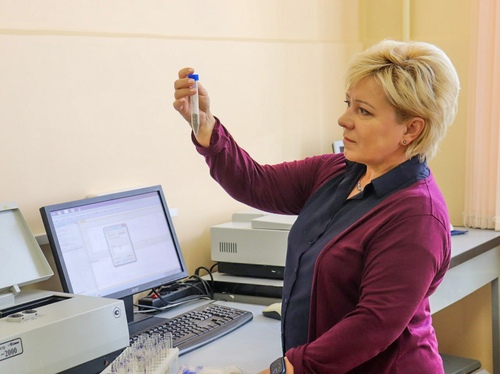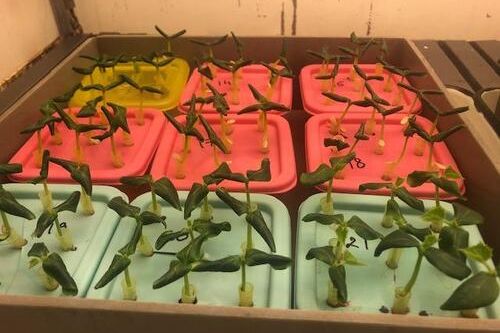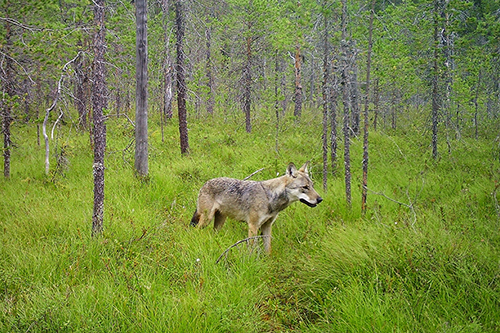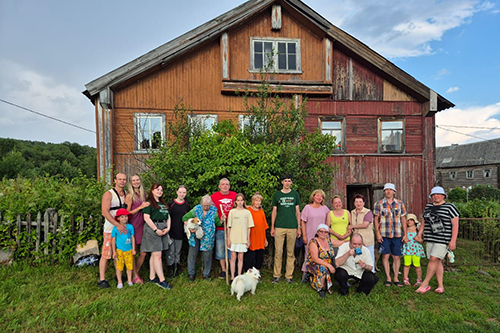Researchers hypothesized that brown algae from the White Sea could be a suitable raw material for manufacturing agriculturally useful extracts.Plant physiologists from the Institute of Biology KarRC RAS and chemists from the Higher School of Natural Sciences and Technologies of the Northern Federal University in Arkhangelsk are working together to find a solution. The activities are financed by the World-class Research and Education Center “Russian Arctic: New Materials, Technologies, and Research Methods”, in which KarRC RAS is a partner.

Doctor of Biology Tatyana Shibaeva
– A key role in this process belongs to the extraction methods, as bioactive molecules need to be kept intact. Furthermore, the products need to have a long shelf life. Chemists try different methods to obtain extracts from Arctic algae collected in different seasons, and we in our laboratory test them for growth-stimulating activity, – told Leading Researcher at the Laboratory of Ecological Physiology of Plants of the Institute of Biology KarRC RAS Tatyana Shibaeva.
Extracts for the experiments were drawn from four species of algae: Fucus vesiculosus, Laminaria digitata, Saccharina latissima, and Ascophyllum nodosum. Stimulatory activity was tested on wheat and cucumber seedlings. They were grown for two weeks in vessels filled with liquid extracts in different concentrations. The experiments showed that the preparations had a positive effect on plant growth and biomass gain. The results of the studies were published in the international journal Web of Conferences.

Stimulatory activity of the extracts was tested on wheat and cucumber seedlings
– At the same time, there is evidence in scientific literature that brown algae extracts make plants more resistant to fungal diseases. In agriculture, special chemicals to control fungi - fungicides - are widely used. Our task is to find environmentally friendly agents with the same properties that could replace fungicides. Algae extracts may be a solution, - the researcher added.
Another challenge for crop production worldwide is nematodes. Plants infected with these parasites become more susceptible to disease and weaker, which affects the crop quality and quantity. Scientists suppose that extracts from brown algae may help control nematodes. The extracts are tested for their nematicidal properties at the Laboratory of Animal and Plant Parasitology of the Institute of Biology KarRC RAS.
The scientists argue that the use of natural extracts from brown algae to stimulate plant growth will reduce the use of chemical fertilizers, and thus lessen the environmental impact of agriculture.
Photos by M. Dmitrieva, V. Shvetsova, T. Shibaeva / KarRC RAS






